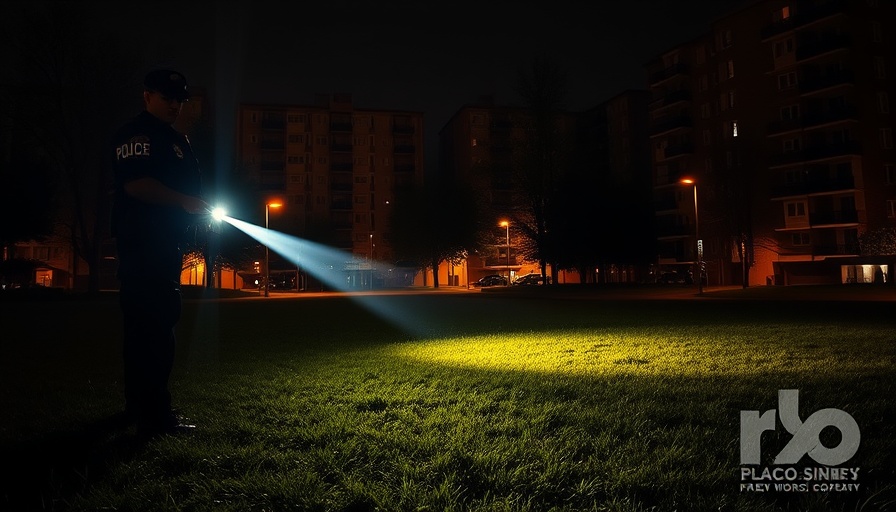
Understanding the Chaos: A Disturbing Traffic Stop Turned Deadly
In a haunting display of unpredictable violence on April 23, 2025, Fairfax County, Virginia, witnessed a traumatic traffic stop that escalated into gunfire, leaving two officers wounded and the suspect, Jamal Wali, dead. Body camera footage, recently unveiled by the Fairfax County Police Department, reveals the intense moments leading up to the encounter, where tensions surged and threats escalated almost instantaneously.
The Precipitating Factors: Frustration and Anger
Jamal Wali’s actions during the traffic stop provide insights into a complex narrative of frustration that many veterans experience. Initially pulled over for a traffic violation, Wali, who expressed anger at the U.S. for his difficulties in receiving benefits since arriving in 2014, voiced sentiments that hinted at deeper issues—disillusionment with his treatment post-service and challenges in civilian life. His descent into hostility, culminating in his declaration, “Today’s the day, buddy,” serves as a perplexing reminder of how untreated trauma can trigger incidents of violence. The emotional and psychological wellness of officers is needful in understanding such encounters more profoundly.
The Protocols: Examining Police Response
This incident underscores a pivotal conversation around police training and response protocols during high-stakes situations. Officers responding to Wali's tirade attempted to manage the situation calmly; however, it quickly spiraled out of control. The response of Officer Ian LaChapelle, who returned fire and fatally struck Wali, raises questions about the protocols in place for officer safety and engagement with armed suspects. In times where de-escalation is a key training goal, analyzing responses can aid in discerning whether current police training adequately prepares officers for such volatile environments.
Repercussions and Accountability: What’s Next?
As the Fairfax County Police Department conducts an internal investigation, the case will ultimately be forwarded to the Commonwealth’s Attorney’s Office for review. The issue of police accountability in situations of use of lethal force will be central to discussions about this incident. With scrutiny on law enforcement practices and a clear demand for greater transparency, this case stands to exemplify ongoing debates around police misconduct and measures to improve interactions between law enforcement and the community.
Future Implications: Enhancing Officer Wellness and Community Relations
This tragic event emphasizes the importance of continuous investment in officer wellness programs and community engagement initiatives. Understanding the mental health challenges faced by law enforcement personnel is critical for preventing such violent outbursts in the future. Moreover, fostering community relations to address frustrations voiced by former military translators like Wali can motivate departments to adopt more comprehensive outreach programs that bridge the gap between law enforcement and the communities they serve.
As we navigate the topics of police accountability and reform, incidents such as these serve as pivotal learning moments. Emphasizing the need for mental health resources, tailored training programs, and transparent communication with communities can improve public safety outcomes while better supporting those tasked with maintaining it.
For those engaged in law enforcement leadership, policy-making, or even academic research, the details of this incident provide a crucial case study on the impact of training, community relations, and the importance of mental health resources. Exploring these dimensions may inspire actionable insights that can reshape future interactions between officers and the community.
 Add Row
Add Row  Add
Add 

 Add Element
Add Element  Add Row
Add Row 




Write A Comment